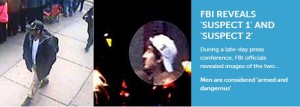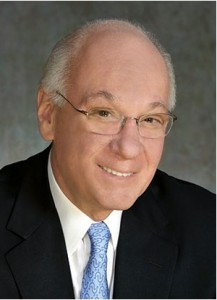Dear Commons Community,
This month is the 30th Anniversary of the release of A Nation at Risk: The Imperative for Educational Reform, that severely criticized the state of K-12 education in this country and began the dialogue for various education reform initiatives. Jal Mehta, an assistant professor at the Harvard Graduate School of Education, and the author of the book, The Allure of Order: High Hopes, Dashed Expectations, and the Troubled Quest to Remake American Schooling, has an op-ed piece in today’s New York Times, commenting that with all of the attention paid to public education and with major federal programs such as No Child Left Behind and Race To The Top, very little has changed. With the exception of pockets of innovation here and there, there is little widespread, long lasting improvements:
“The debate over school reform has become a false polarization between figures like Michelle Rhee, the former Washington, D.C., schools chancellor, who emphasizes testing and teacher evaluation, and the education historian Diane Ravitch, who decries the long-run effort to privatize public education and emphasizes structural impediments to student achievement, like poverty.
The labels don’t matter. Charter-school networks like the Knowledge Is Power Program and Achievement First have shown impressive results, but so have reforms in traditional school districts in Montgomery County, Md., Long Beach, Calif., and, most recently, Union City, N.J., the focus of a new book by the public policy scholar David L. Kirp.
Sorry, “Waiting for Superman”: charter schools are not a panacea and have not performed, on average, better than regular public schools. Successful schools — whether charter or traditional — have features in common: a clear mission, talented teachers, time for teachers to work together, longer school days or after-school programs, feedback cycles that lead to continuing improvements. It’s not either-or.
Another false debate: alternative-certification programs like Teach for America versus traditional certification programs. The research is mixed, but the overall differences in quality between graduates of both sets of programs have been found to be negligible, and by international standards, our teachers are underperforming, regardless of how they were trained.”
Mehta’s conclusion calls for raising the bar for teacher certification programs, extending the school day, allow more time for teachers to collaborate, and expanding our investment in research and development. He calls specifically for the need to create new institutions such as an educational equivalent of the National Institutes of Health, the main funder of biomedical research in America — if we are to make serious headway.
His recommendations are fine but the one area that Mehta did not touch upon was the need to address the crippling effects of the politics of education. The dysfunction that exists especially at the national level, the lurching back and forth in “new” programs as political parties change power, and the political corruption that breeds at all levels, have hindered (and will continue to hinder) long-term sustained education reform.
Tony







